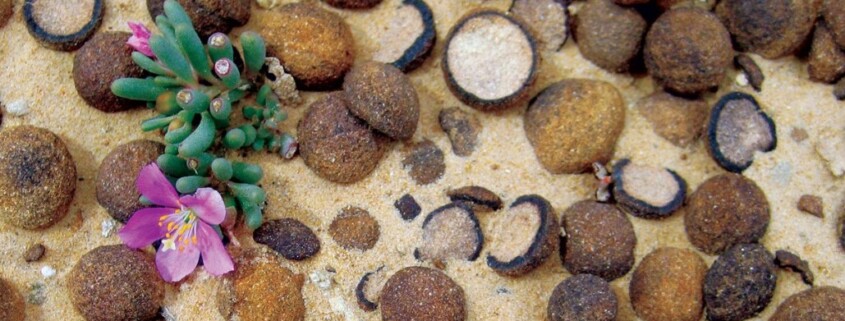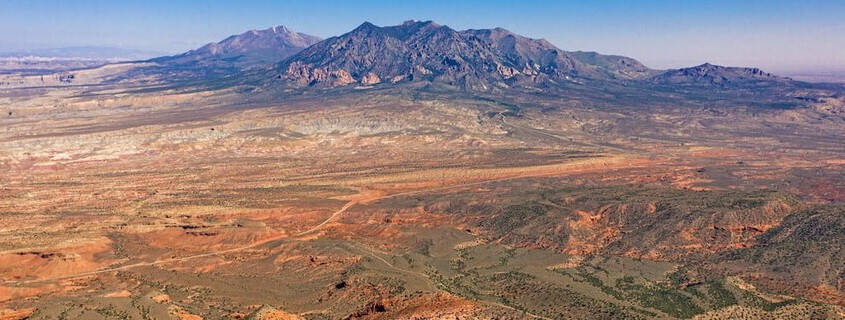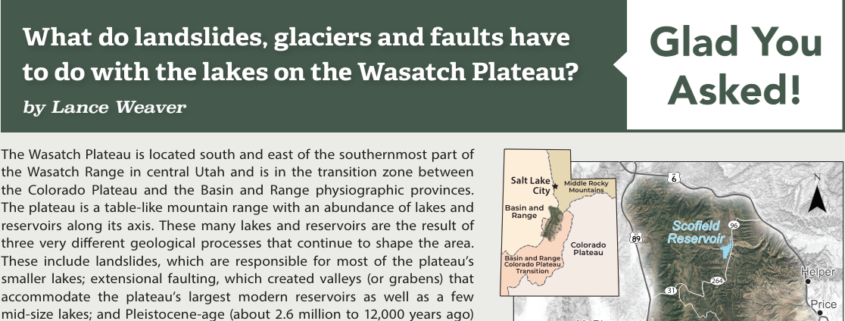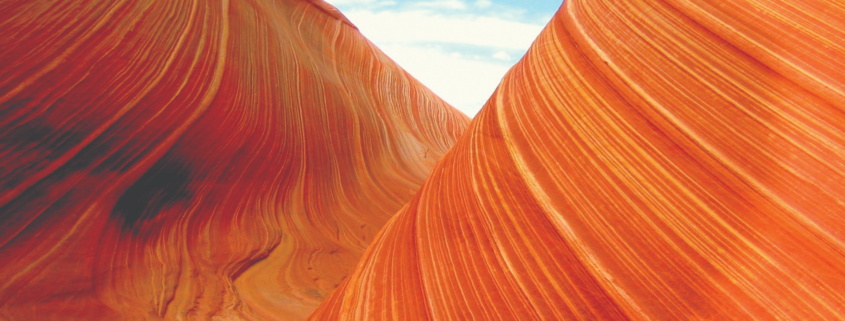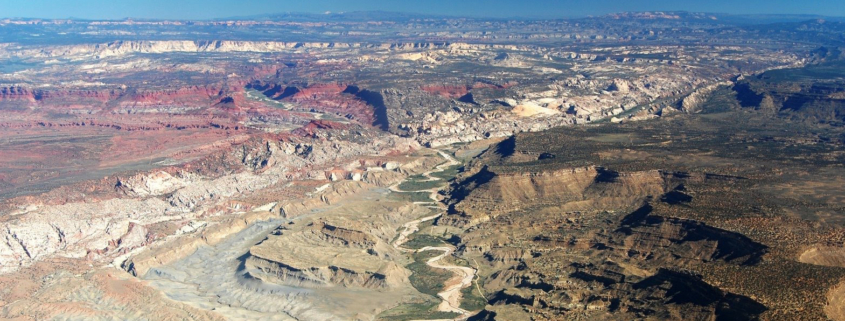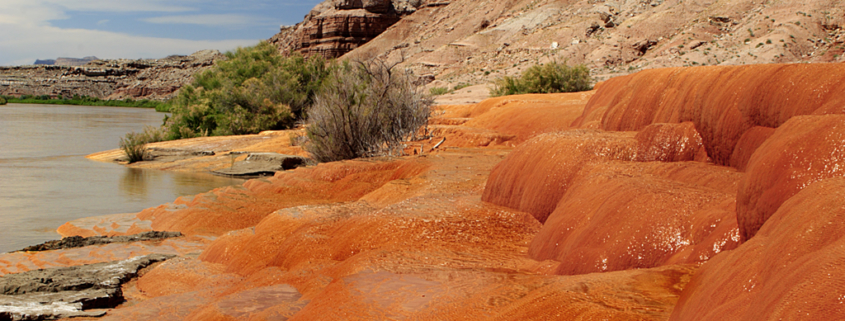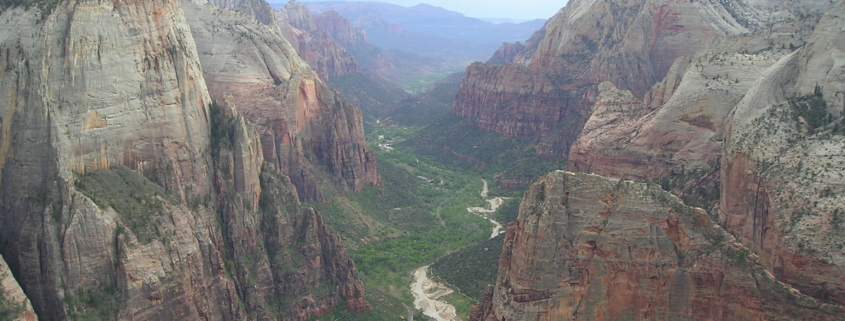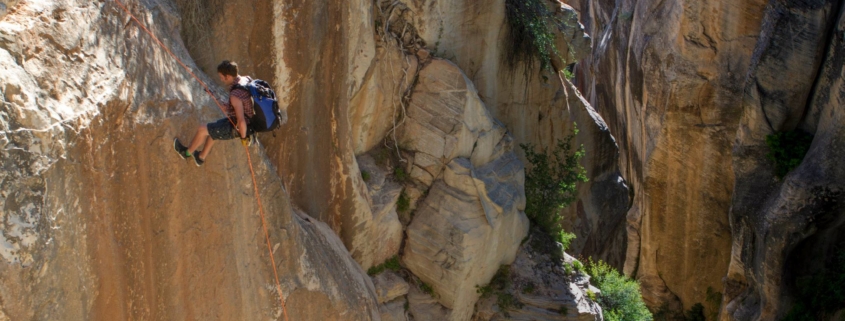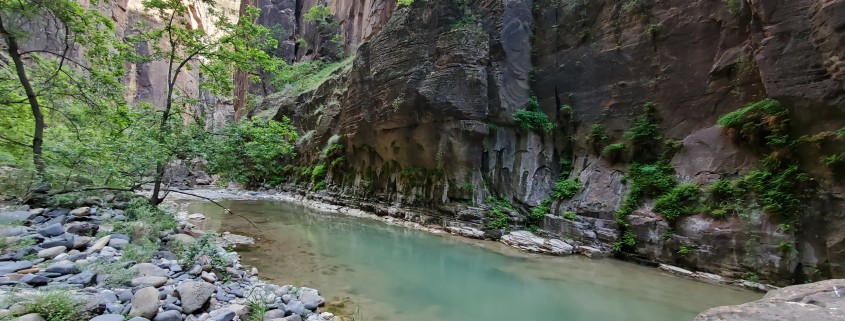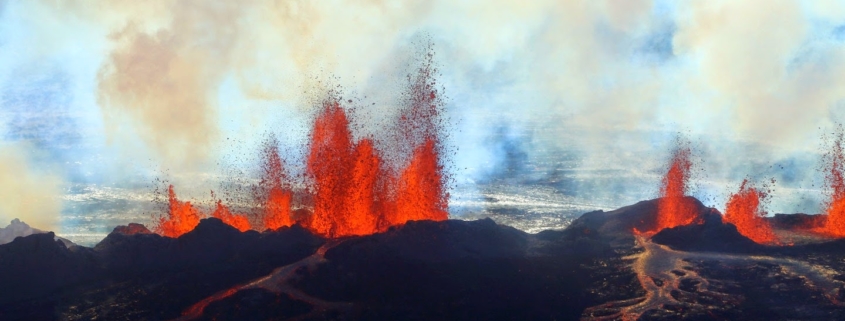Geologic Hiking Guides (Geology Jaunts) and SurveyNotes Articles
If you’d rather be your own guide, read our latest geologic hiking guides and Informative Survey Notes Articles. This section houses many of our geologic hiking guides to popular locations in Utah such as Zion National Park and even the Grand Canyon, where geologists and geology enthusiasts can come to find hiking guides for many of the popular trails and hikes in Utah which showcase spectacular or noteworthy geology!
WHAT ARE MOQUI MARBLES? AND HOW DO THEY FORM?
What are Moqui Marbles? Moqui marbles are small, brownish-black balls composed of iron oxide and sandstone that formed underground when iron minerals precipitated from flowing groundwater. They occur in many places in southern Utah either embedded in or gathered loosely into “puddles” on the ground near outcrops of Jurassic age Navajo Sandstone.
THE HENRY MOUNTAINS OF UTAH (Geology, Features & Attractions)
Nestled in south-central Utah is a remote mountain range which epitomizes an entire era of unique volcanism in Utah and was one of the last mountain ranges in the United States to be fully explored and mapped.
THE FACINATING GEOLOGY OF THE WASATCH PLATEAU
The Wasatch Plateau is located south and east of the southernmost part of the Wasatch Range in central Utah and is in the transition zone between the Colorado Plateau and the Basin and Range physiographic provinces.
What Makes the Rock Red (in Utah/Arches & Zion National Park)
Utah’s Colorado Plateau is famous for its striking vistas and dazzling colors. Hues of red, pink, maroon, yellow, brown, and white create an array of stunning rock colors that attract visitors from all over the globe. From the red rocks of the Navajo Sandstone to the Vermilion Cliffs of the Moenave and Kayenta Formations to the pink, crimson, and chocolate cliffs of the upper Grand Staircase, many who visit the Colorado Plateau wonder what gives the rocks their brilliant colors.
Cottonwood Wash of Grand Staircase Escalante National Monument (aka The Cockscomb Monocline)
Tourists and geologists alike come from all over the world to see and study the magnificent exposures of geologic units displayed in Utah’s Colorado Plateau region. Of particular interest is the Grand Staircase, which is an immense sequence of sedimentary rock layers that stretches south from Bryce Canyon National Park and Grand Staircase–Escalante National Monument […]
Utah’s ‘Old Faithful’, Crystal Geyser
When most people think about geysers, they picture a Yellowstone- like hot spring where pressure from steam sends a tall column of water into the air. In Utah, however, several “geysers” erupt due to the same process that causes soda pop to shoot out of the can when you hold your finger over t he […]
The Geology of Zion National Park
Although the geology of the Zion National Park includes nine known exposed formations, Zion is predominately the result of one spectacular unit, the Navajo Sandstone. Zion’s formations represent about 150 million years of mostly Mesozoic-aged sedimentation in a large ancient Jurassic basin. The Navajo is part of a super-sequence of rock units called the Grand Staircase, the time exposed […]
The Virgin River Narrows (how far is it? geology of?)
What is the Zion Virgin River Narrows? (Zion National Park) The Narrows is the narrowest section of Zion Canyon. It is an 18 mile gorge or canyon filled by the Virgin River just upstream from the part of Zion where the roads and trails end. This gorge, with walls a thousand feet tall and the […]
Utah’s Three Types of Volcanoes
Perhaps because it is covered in detail in Grade School and Middle School curriculum, one of the most asked geologic questions I hear from youth has to do with differentiating between the three types of volcanoes. Three Main Types of Volcanoes* The three main types of volcanoes differ in shape, size, and make-up; the differences […]

